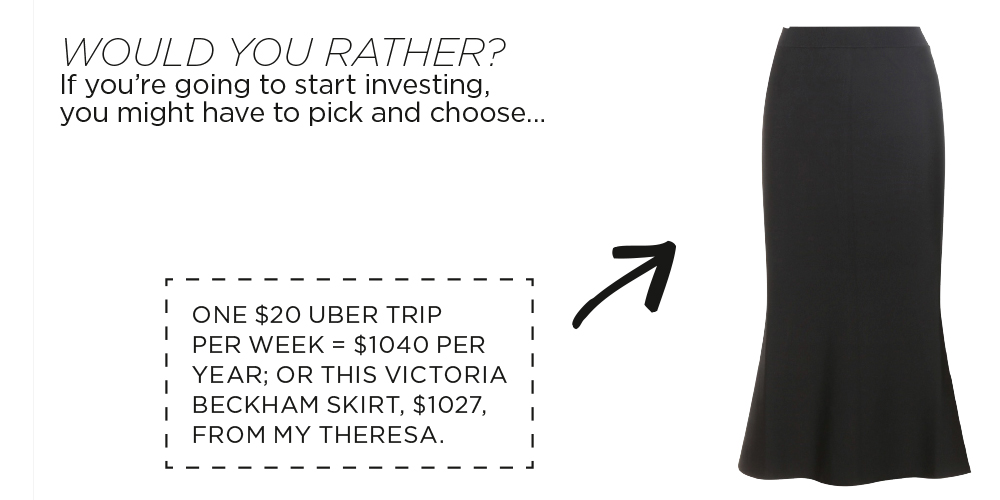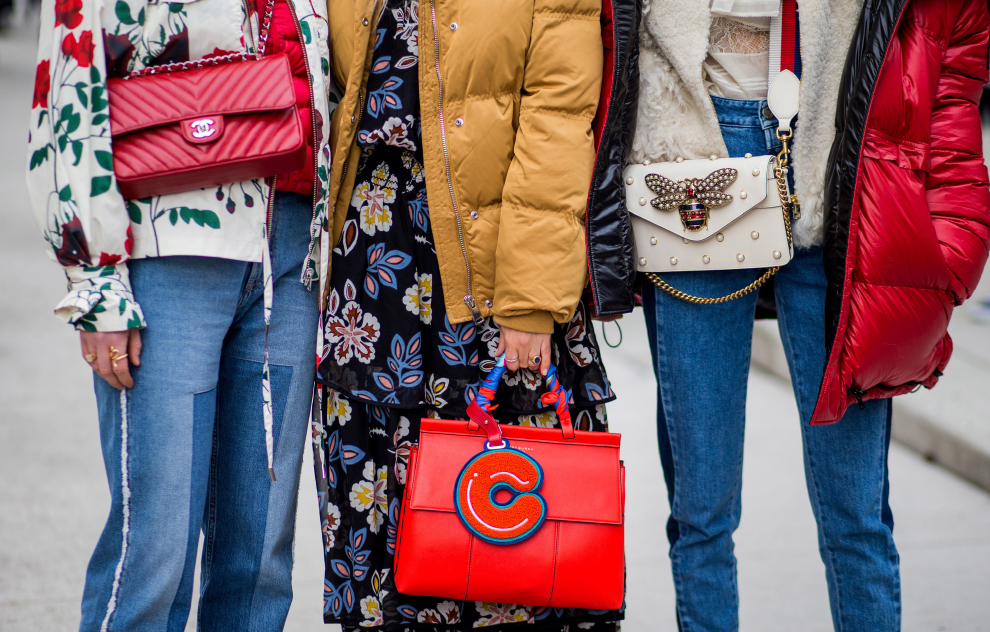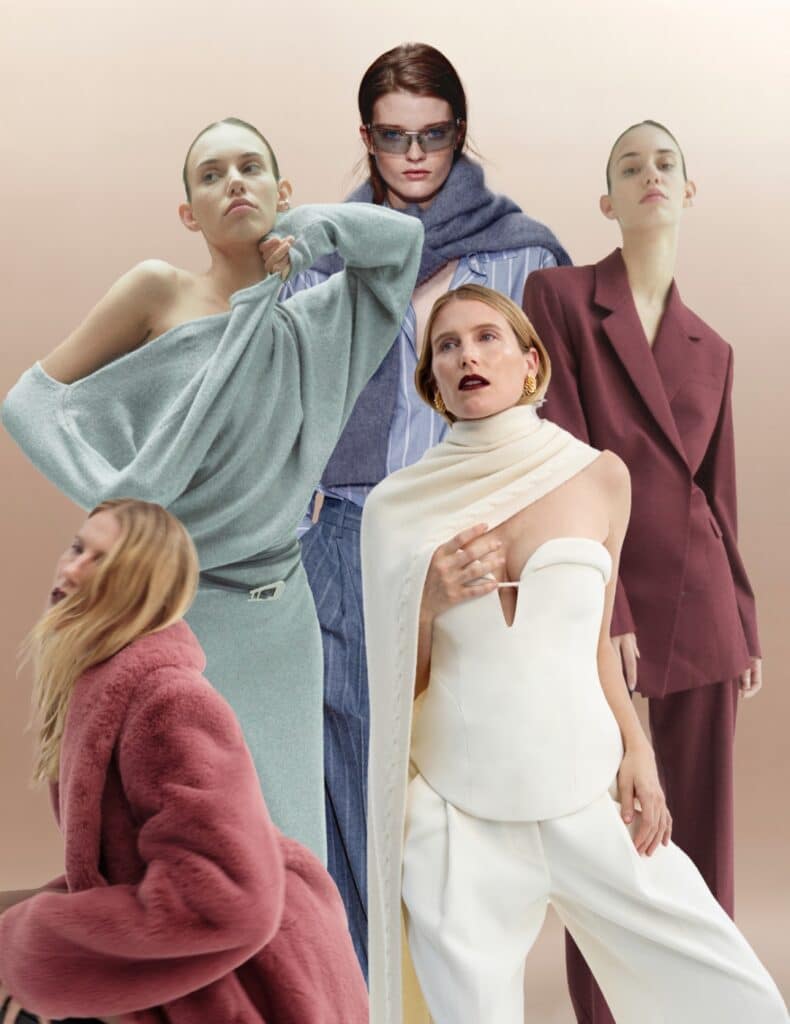Phoebe Watt runs the numbers and finds there’s no better time than now to make that major fashion purchase.
Stocks, bonds, property, art… when it comes to places to put your hard-earned cash, the options are all but endless. If you’re anything like me, you might find a kindred spirit in Sex and the City’s Carrie Bradshaw, who famously quipped, “I like my money right where I can see it — hanging in my closet.”
Not that Carrie’s a shining example of fiscal responsibility. Need I mention that other episode of SATC, in which she guilt trips a recently divorced Charlotte into offering up her 2.17-carat Tiffany & Co engagement ring so Carrie can buy back her apartment from Aiden, who only purchased it in the first place because the ownership structure of Carrie’s building was changing, and having frittered away US$40,000 on designer shoes, she didn’t have the savings to buy herself out of potential homelessness?
In short: don’t be like Carrie. But let’s not make fashion the scapegoat for her irresponsible financial decision-making. With all the sustainability issues the world is facing, and as brands and consumers become increasingly concerned with making environmentally and socially astute choices, ‘investing’ in fashion has become the new black. And there’s never been a better time to do it, whether that means investing investing, or simply forgoing cheap, short-lived T-shirts from multinational corporate retailers in favour of one pricey but well-made T-shirt from a local designer that you’ll take good care of and make last for several seasons.

Unfortunately for those looking to get on the ladder, luxury fashion prices are at an all-time high, having risen incrementally each year for the past decade. The reasons for this are many: resource scarcity, increased minimum-wages, and an expectation on designers to produce multiple seasonal collections, which gives them less time to shift stock before it’s marked down, meaning they have to inflate prices at the start of the season so their bottom line isn’t affected. Then there’s the fact that designer goods are now accessible online to shoppers all over the world. To ensure their most coveted pieces maintain the air of exclusivity that makes them covetable, designers have had to shift the goalposts.
This was all reported by Business of Fashion in 2013, but it still holds true today.
The cost of Louis Vuitton’s Neverfull MM — perhaps its most iconic bag — has risen by up to 23% annually since 2014. The bag that would have set you back €690 (then $1107)a few years ago is now €945 ($1462). By the end of the year, it could be even more.
But perhaps the Neverfull isn’t the item of your dreams. Perhaps you’ve always lusted after a Chanel Boy Bag or a Burberry trench coat. In any case, the message is the same: if you have the means to make that luxury purchase (lucky you), do it now.

No matter how much cash you have to splash, there are things to consider when buying a big-ticket item. How much wear will you get out of it? How long will it last? How many things in your current closet can you team it with?
There’s a reason why staples like beautiful blazers, cashmere jumpers, and perfectly tailored LBDs are considered the soundest investments: they all fall into the category of items that don’t date, look good with everything, and are inconspicuous enough to be worn multiple times in multiple situations without the wearer being branded an outfit-repeater.
Cost isn’t always an indicator that a garment is better quality or was constructed under better working conditions than the almost-identical item in the shop down the road that has one less zero on the price tag. So check online reviews to ensure you’ll get what you pay for. While you’re browsing, you might even find yourself a deal — it pays to keep in mind that Northern Hemisphere-based e-commerce stores such as Net-a-Porter and Matches Fashion will be discounting their summer stock just as temperatures begin to rise down under.

Something else to remember is that certain items show wear and tear faster than others, no matter how well made they are. Don’t take out a second mortgage for a pair of shoes, a designer phone case or anything white if you’re prone to scuffs and stains. By the same token, there’s little point spending a year’s savings on something that’s going to sit forever in a box, covered in protective tissue. You’ve worked hard for it — you need to enjoy it.
That said, if you are looking to make a fashion investment in the literal sense, there’s a different set of rules to consider. Ignore what I said about enjoying the item in question. Roll it out once, get a great ’gram, then wrap it back up in its original packaging — dust cover, box, store receipts included — and stow it away somewhere cool and dry.
If it sold out quickly or has a long wait-list, you’ll be laughing all the way to the bank.
If you can on-sell an item while it’s still in season, you’ll maximise your return. If it sold out quickly or has a long wait-list, you’ll be laughing all the way to the bank. I’m not just talking Hermès Birkin bags, either, although these have some of the highest resale values in the world. Remember 2015’s H&M x Balmain collection? Within hours, pieces from this collab were being sold on eBay for up to five times their original cost, putting them in the mainline Balmain price bracket. Forget flipping houses — flipping fashion is a lucrative business.

If scalping isn’t your style, there are still big profits to be made — but you’ll have to wait 10 years for your investment to be considered ‘vintage’, and be warned, this money-making method doesn’t apply to any old designer dress. You’re better off investing in accessories, as prospective buyers are more likely to perceive them as ‘unworn’, especially if they’ve been kept in as-new condition.
Steer clear of the middle ground. According to Tracy DiNunzio, CEO of online consignment store Tradesy, the safest investments are your blue-chip stocks (signature styles by heritage brands, like your Neverfulls and Boy Bags), or limited-run items (think the Louis Vuitton x Jeff Koons SS17 capsule collection). The risk is higher, but the potential payoff far sweeter.
It sounds easy enough if you’ve got the funds, but if for you it’s more than a matter of shuffling some money around, don’t be discouraged. They say if millennials stopped spending all their money on avocado toast, they might be able to afford that house deposit. I’m not buying it, but I’ve done the calculations and it turns out that if I kicked the brunch habit, I could buy the leather jacket I’ve always wanted or at least a
nice pair of sunglasses. And you’ve got to start somewhere.











